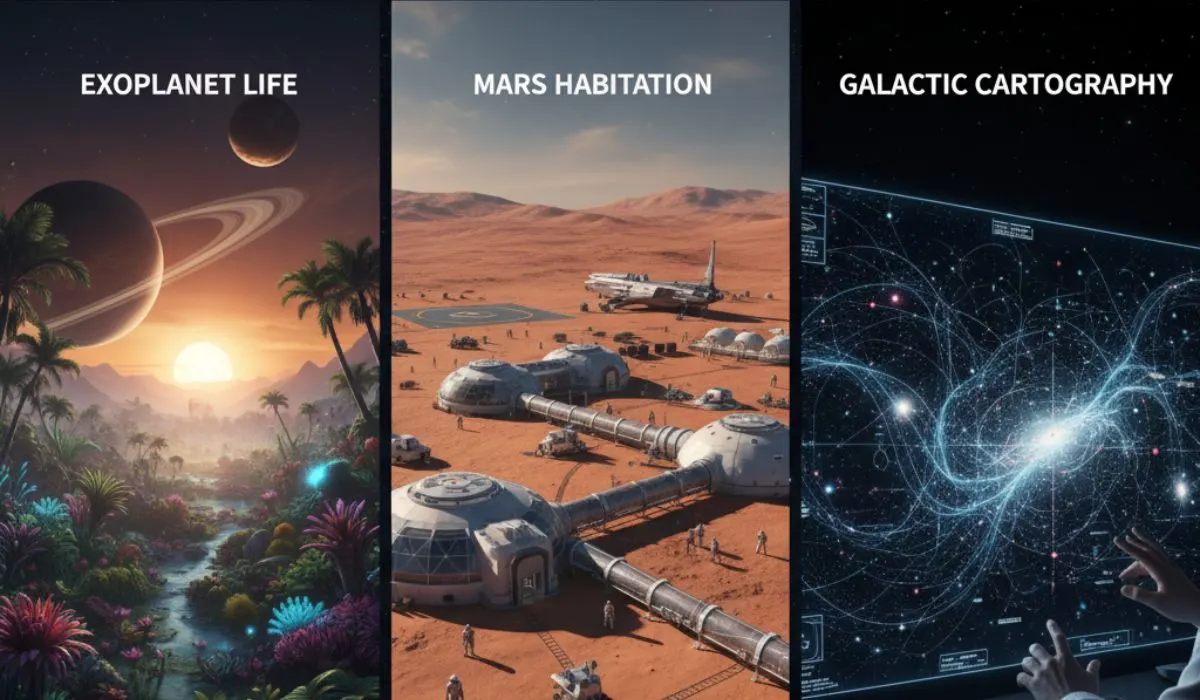Though only a lucky few have experienced space for themselves, all of humanity has prospered due to space travel.
For more than 50 years humanity has been active in space and though the number of individuals to visit space for themselves are few, the entire world has reaped the benefits of space exploration. From our modern telecommunications system to modern computers to solar cells, the innovations made to rise to the challenges of exploring our solar system have tangible effects on Earth as well.
Now humanity is at the edge of a new frontier with countries around the world reaffirming their dedication to space exploration. A trio of Mars-bound missions reached the Red Planet in early Feb. The United Arab Emirates’ al-Amal (Hope) orbiter — the first interplanetary mission undertaken by an Arab nation — arrived first. Hope was followed by China’s Tianwen-1 mission which will deliver the country’s first martian rover sometime in May. And last, but not least, NASA’s Perseverance rover which effectively touched down Feb. 18.
But the new era of space travel is only the beginning, NASA has reaffirmed their dedication to returning humans, and the first woman, to the Moon by 20XX. Turkey’s president, Recep Tayyip Erdogan, recently announced the country will launch a lunar spacecraft in 2023 as part of a new 10-year plan to develop their own space program. The next decade is proving to be an excited and groundbreaking period for space exploration. So, what can those of us on Earth anticipate to see?
Innovation

More space travel means more challenges. But space agencies have proven themselves more than competent, developing knowledge and new technologies every step of the way. Past space exploration has given rise to a number of innovations that we take for granted today, including solar panels, implantable cardiac monitors, cancer therapy, and water-purification systems.
More space exploration promises to bring new and serendipitous benefits to a variety of areas, such as power generation and energy storage, recycling and waste management, advanced robotics, health and medicine, transportation, computing, and engineering. It’s hard to predict precisely what new technology may arise, but if history is any indication it will be life altering for many of us.
Inspiration
Cultures around the world have long gazed up at the night sky and dreamed. When NASA astronauts first landed on the Moon in 1969, they captured an image of Earth prior to touchdown. It changed humanity’s understanding of our location in the Universe.
Then in 1990, the Voyager 1 craft captured an image of our pallid blue dot at a distance of 3.7 billion miles (6 billion kilometers). The image inspired the title of Carl Sagan’s book Pale Blue Dot: A Vision of the Human Future in Space. He wrote, “Look again at that dot. That’s here. That’s home. That’s us.”
Those first five decades of space activity have expanded humanity’s views on the limits of exploration and inspired new thinking as to how life may exist beyond Earth. In 2013, NASA’s Curiosity rover detected preliminary indications of Mars previously hosting an environment capable of supporting life. Their most recent rover, Perseverance, will soon begin accumulating promising samples to return to Earth one day with the hopes of seeing direct evidence of ancient microbial life on the Red Planet. To discover past or present life either in the solar system or even beyond would forever changes our understanding of our pale blue dot’s place in the cosmos.
Diplomacy

Combining innovation with a new appreciation for our world provides a foundation for international cooperation. Space exploration may have begun as a race, but now it is the bedrock for partnerships and diplomacy around the globe.
The International Space Station (ISS), at nearly 30 years old, is the preeminent example of continuous and successful international cooperation. Originally 15 nations signed the international agreement for the ISS, but that has expanded over the years to include participation from 68 nations.
The ISS proves what humanity can accomplish when we agree to work together towards and single objective. As missions become more complex and ambitious more extensive international cooperation will be required, providing opportunities for peaceful, global-coordinated activities in space and on Earth. At home, international corporation is needed to combat global threats such as Near-Earth Objects, solar storms, and global warming.







